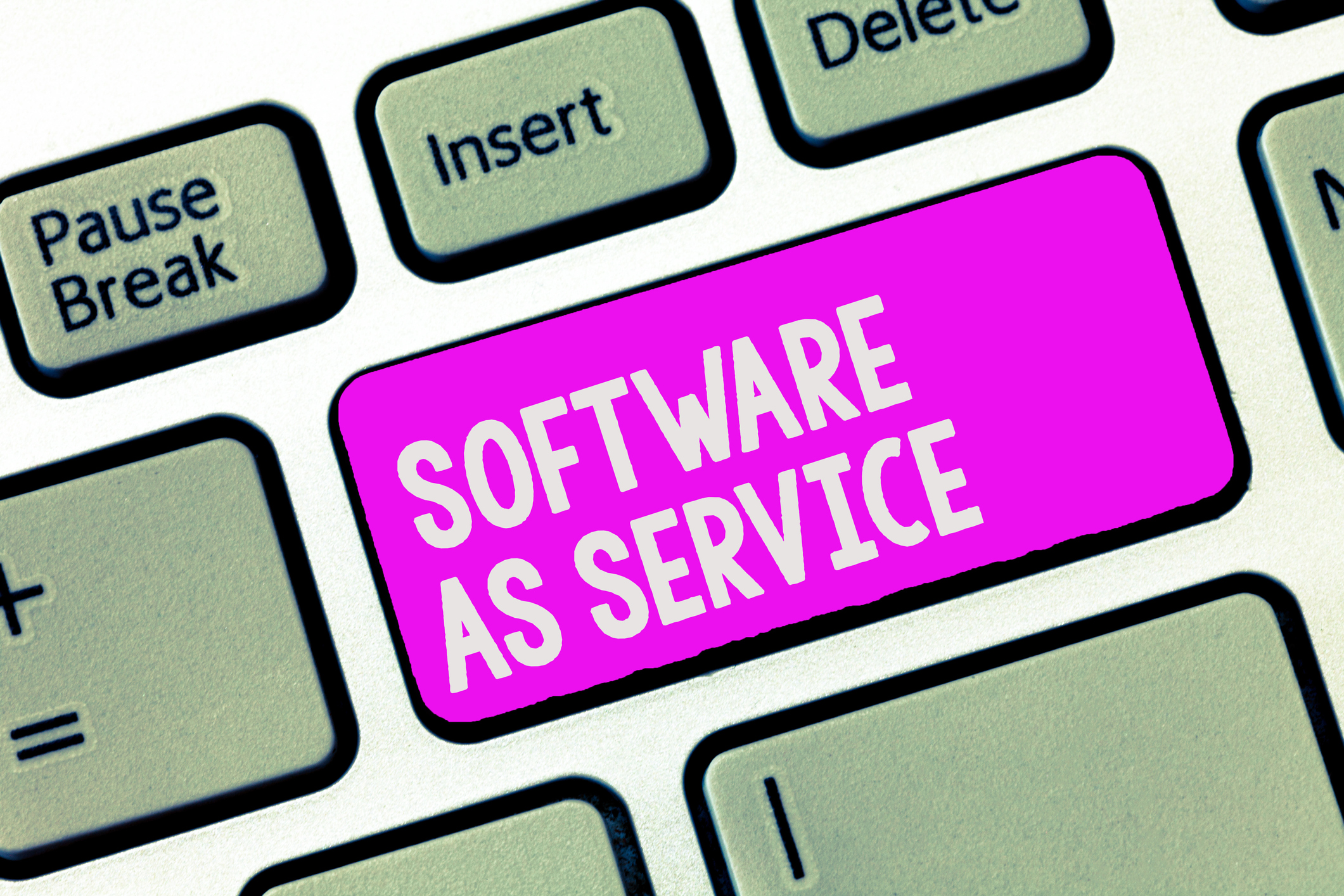By: Jennifer Brazer
Jennifer is the author of From Cubicle to Cloud and Founder/CEO of Complete Controller, a pioneering financial services firm that helps entrepreneurs break free of traditional constraints and scale their businesses to new heights.
Fact Checked By: Brittany McMillen
BPO: Key Benefits and Drawbacks You Need to Know
BPO pros and cons include significant cost savings (15-70% reduction), access to specialized expertise, and operational scalability balanced against risks like loss of control, communication barriers, and data security vulnerabilities. Understanding both advantages and disadvantages helps businesses determine if outsourcing aligns with their operational goals and risk tolerance.
After guiding hundreds of companies through BPO partnerships at Complete Controller over two decades, I’ve witnessed firsthand how strategic outsourcing transforms financial operations—but only when implemented with rigorous vendor vetting and clear service-level agreements. This article synthesizes real-world insights with the latest market data to help you navigate BPO decisions confidently, covering everything from AI-powered solutions that mitigate traditional drawbacks to hybrid models that balance cost and control.

What are the key benefits and drawbacks of business process outsourcing?
- Cost efficiency, expertise access, scalability, risk mitigation, and 24/7 operations versus control loss, communication gaps, security vulnerabilities, and hidden costs
- Cost savings stem from labor arbitrage and reduced infrastructure investments, typically cutting operational expenses by 30–70%
- Dependency on vendors escalates exposure to operational disruptions outside your direct oversight
- AI-powered tools now mitigate traditional drawbacks like communication lags through real-time translation and automation
- Hybrid models combining onshore, nearshore, and offshore resources optimize cost-control tradeoffs
Understanding Business Process Outsourcing in Today’s Market
Business process outsourcing (BPO) involves contracting third-party providers to manage non-core operations like customer service, payroll, or data entry. The global BPO market, valued at $302.6 billion in 2024, is projected to reach $525.2 billion by 2030, reflecting its critical role in modern business optimization.
India’s BPO sector exemplifies this growth trajectory—expanding from 7.3% yearly growth in 2009 to today’s 10.3% global CAGR, driven by cloud adoption and AI integration. This acceleration signals a fundamental shift in how businesses leverage external expertise for competitive advantage.
The Compelling Advantages of BPO
Cost efficiency and financial flexibility
Enterprises save an average of 15% with BPO implementation, with 68% of companies citing cost reduction as their primary motivator for outsourcing. Labor arbitrage and reduced infrastructure expenses typically cut operational costs by 30-70%, allowing reinvestment into core business functions like product development.
Subscription-based BPO models eliminate capital expenditures, converting fixed costs into variable ones. This financial flexibility proves particularly valuable for seasonal businesses that need to scale operations up or down based on demand cycles.
Access to specialized talent and technology
Outsourcing partners provide expertise in regulatory compliance, data analytics, and AI-driven automation that most SMBs can’t develop internally. Healthcare BPOs manage HIPAA-compliant billing, reducing audit risks by 40%. Providers invest in cutting-edge tools like robotic process automation (RPA), enabling clients to leverage technology without upfront investments.
Canon’s BPO units deploy Six Sigma methodologies to deliver continuous process improvement and adherence to standards like GDPR. This specialized knowledge transfer benefits clients immediately without years of internal capability building.
Enhanced focus on core competencies
Delegating tasks like payroll processing or IT support frees 60-80% of internal resources, accelerating time-to-market for new initiatives. A retail case study showed that outsourcing customer service during peak seasons improved order fulfillment speed by 35% while internal teams focused on inventory optimization.
- Strategic outsourcing creates bandwidth for innovation
- Internal teams concentrate on revenue-generating activities
- Management attention shifts from routine tasks to growth initiatives
- Product development cycles accelerate without operational distractions
Operational scalability and agility
BPO contracts allow rapid scaling during demand surges without long-term hiring commitments. Xero’s integration with Stripe for automated invoicing reduced payment delays by 14 days and improved cash flow—demonstrating how outsourcing enables operational agility.
Cloud-based BPO models further enable real-time adjustments to service volume. E-commerce retailers use nearshore partners to handle 24/7 holiday support, then seamlessly downsize post-season without layoff concerns or severance costs.
Risk mitigation and compliance assurance
Providers assume regulatory burdens, reducing noncompliance penalties by up to 90% in sectors like finance and healthcare. BPO partners maintain dedicated compliance teams that track regulatory changes across jurisdictions, updating processes proactively.
This risk transfer proves invaluable for companies operating across multiple states or countries where regulatory requirements vary significantly. Partners handle everything from tax code updates to data privacy law changes.

Critical Drawbacks Requiring Strategic Mitigation
Loss of operational control
Outsourcing transfers oversight to vendors, creating alignment challenges that 52% of companies struggle with when SLA metrics are vaguely defined. This necessitates rigid contracts with performance benchmarks and audit rights to maintain standards.
Direct visibility into day-to-day operations diminishes, making quality control dependent on reporting mechanisms rather than firsthand observation. Some businesses find this lack of immediate control uncomfortable, particularly in customer-facing functions.
Communication and cultural barriers
Language differences and time-zone misalignment delay issue resolution by 20-40% in offshore arrangements. These barriers manifest in:
- Misunderstood instructions requiring clarification cycles
- Cultural differences in business practices and communication styles
- Delayed responses to urgent issues outside overlapping work hours
- Reduced spontaneous collaboration compared to in-house teams
Nearshoring to regions like Mexico or Eastern Europe minimizes these gaps through cultural proximity and overlapping work hours, though at higher costs than pure offshore models.
Data security vulnerabilities
Sharing sensitive information with third parties increases breach risks, with 35% of BPO users reporting data security incidents. Financial BPO clients experience 3.2× more cyber incidents than non-users, emphasizing the critical need for robust security protocols.
Mitigation requires providers with ISO 27001 certification, end-to-end encryption, and regular third-party audits. Contract terms must include breach liability clauses and immediate notification requirements for security incidents.
Hidden costs and quality concerns
Unplanned expenses inflate budgets by 15-25% through:
- Contract renegotiation fees
- Currency fluctuation impacts
- Transition support requirements
- Legacy system integration costs
- Quality remediation expenses
One manufacturing firm underestimated data-migration costs by $120,000 due to legacy-system incompatibilities. These hidden expenses erode projected savings if not anticipated in initial budgeting.
Vendor dependency and operational risks
Overreliance on providers creates vulnerability to vendor instability. When a Philippine BPO firm faced strikes in 2024, client delivery times slipped by 72 hours, causing revenue losses. Single-vendor dependencies amplify these risks.
Business continuity planning must account for vendor failures, including documented knowledge transfer processes and alternative provider relationships. Diversifying across multiple partners reduces exposure to any single point of failure.
How Technology Transforms Traditional BPO Challenges
AI-powered quality assurance
Compass Group reduced contract errors by 70% using Whatfix’s AI-driven guidance tools, proving that automation enhances rather than compromises control. At Complete Controller, we deploy natural language processing analytics to audit payroll processing, reducing errors by 45%.
AI tools monitor outsourcing output in real time, flagging deviations with 98% accuracy. Providers like NTT DATA use IBM’s SimpliZCloud platform to automate finance tasks, cutting processing time by 60% while maintaining precision.
Hybrid sourcing models
Combining onshore, nearshore, and offshore resources optimizes cost-control tradeoffs:
- Onshore teams handle sensitive data and strategic planning
- Nearshore staff manage customer interactions requiring cultural alignment
- Offshore resources process high-volume transactional work
- Cloud platforms unify management across all tiers
A technology client using this model saved 50% without sacrificing quality by matching task complexity to appropriate resource locations. Unified dashboards provide visibility across all outsourcing tiers.
Future Trends Reshaping BPO
Automation and specialization
AI and RPA will automate 40-50% of transactional BPO tasks by 2030, shifting human efforts toward complex analytics and customer experience enhancement. Generative AI now drafts compliance reports, processes invoices, and simulates customer interactions—boosting productivity by 35%.
Healthcare BPO leads sector expansion, projected to reach $908 billion by 2032 due to claims-processing demand. Finance and e-commerce follow with 11.2% CAGR in customer-service outsourcing.
Sustainability and social impact
BPOs increasingly prioritize ESG outcomes:
- 62% report reduced carbon footprints through remote work
- Work-life balance programs lower attrition by 30%
- Community development initiatives in outsourcing locations
- Green technology adoption in BPO facilities
These sustainability efforts attract socially conscious clients while improving operational efficiency and employee retention.
Making the BPO Decision: Your Strategic Framework
Ideal candidates for BPO include cost-sensitive scaling businesses, those lacking specialized skills, or companies in regulatory-heavy sectors. Avoid outsourcing when handling proprietary IP or requiring minute-to-minute process control.
Implementation best practices
- Start small: Pilot one process before expanding
- Demand transparency: Require real-time performance dashboards
- Build redundancy: Partner with multiple providers for critical functions
- Audit quarterly: Review SLAs, costs, and security protocols
- Document everything: Create detailed process maps for knowledge retention
At Complete Controller, we use a 10-point risk assessment matrix covering data sensitivity, vendor track records, and exit-plan feasibility for client evaluations. This systematic approach identifies optimal outsourcing candidates while protecting core competencies.
Final Thoughts
BPO’s value extends beyond cost-cutting—it’s a strategic lever for accessing global talent and accelerating growth. In my experience, businesses thriving with outsourcing combine rigorous vendor selection with ongoing performance governance. We’ve seen clients boost profitability by 25% using hybrid BPO models tailored to their risk profiles.
The key lies in treating BPO partners as extensions of your team rather than mere vendors. Clear communication, aligned incentives, and continuous improvement create partnerships that deliver sustained value. For a customized assessment of how BPO could enhance your operations while mitigating drawbacks, connect with our team at Complete Controller.

Frequently Asked Questions About BPO Pros and Cons
What are the primary advantages of BPO?
Cost reduction (30-70%), access to specialized expertise without hiring, operational scalability for demand fluctuations, risk mitigation through compliance expertise, and 24/7 global service coverage enabling round-the-clock operations.
Which BPO model offers the best balance of cost and quality?
Hybrid models blending onshore oversight with nearshore/offshore execution optimize cost-control tradeoffs by matching task complexity to appropriate resource locations while maintaining quality standards through tiered management structures.
How do you mitigate BPO security risks?
Require ISO 27001 certification, implement encrypted data pipelines, conduct regular third-party security audits, include breach liability clauses in contracts, and establish immediate notification protocols for any security incidents.
Can small businesses benefit from BPO?
Yes—37% of SMBs outsource at least one function like bookkeeping or customer service, improving focus on core activities while reducing overhead costs and accessing enterprise-level expertise previously unaffordable.
What BPO trends will dominate 2025-2030?
AI automation reducing transactional tasks by 40-50%, industry-specific solutions particularly in healthcare and finance, ESG-focused partnerships emphasizing sustainability, and increased adoption of hybrid cloud-based delivery models.
Sources
- Canon. (2025). “What is BPO? How Does Business Process Outsourcing Work.” www.canon.com/bpo-solutions
- CGS. (2025). “The Future of BPO: Trends Driving Explosive Industry Growth.” www.cgsinc.com/insights
- Cognizant Glossary. (2022). “Business process outsourcing (BPO).” www.cognizant.com/glossary
- Grand View Research. (2024). “Business Process Outsourcing Market | Industry Report, 2030.” www.grandviewresearch.com/industry-analysis/bpo-market
- Goodcall. (2025). “The Future of BPO Industry: 2025 Trends UNVEILED.” www.goodcall.com/trends
- Impress Computers. (2024). “The Benefits of Business Process Outsourcing.” www.impresscomputers.com/insights
- Invensis. (2025). “USA BPO Market Size, Growth Trends & Future Outlook 2025.” www.invensis.net/blog
- ISG Newsroom. (2024). “ISG Study Finds Enterprises Save an Average of 15 Percent with Business Process Outsourcing.” ir.isg-one.com
- Market.us. (2024). “Business Process Outsourcing Market Size | CAGR of 8.9%.” market.us/report
- NextProcess. (n.d.). “Pros And Cons Of Business Process Outsourcing.” www.nextprocess.com
- Offshore India Data Entry. (2024). “20 Advantages & Disadvantages of Business Process Outsourcing.” www.offshoreindia.com
- Planergy. (2025). “What is Business Process Outsourcing? Benefits & Risks Explained.” www.planergy.com
- Renub Research. (2024). “Business Process Outsourcing Market Forecast 2025–2033.” www.renubresearch.com
- Scoop Market.us. (2025). “Business Process Outsourcing Statistics and Facts.” www.scoopmarket.us
- Shopify. (2025). “What is Business Process Outsourcing? Pros and Cons of BPO.” www.shopify.com/enterprise
- Silver Bell Group. (2025). “What is BPO model and 7 Different Types of BPO.” www.silverbellgroup.com
- Stripe. (2024). “Xero Case Study.” stripe.com/customers/xero
- The Economic Times. (2010). “Indian BPO Market to Grow 25% in 2010.” economictimes.com
- The New Workforce. (2024). “The Pros and Cons of Business Process Outsourcing.” www.thenewworkforce.com
- TriNet. (2024). “Business Process Outsourcing: Benefits for HR Efficiency.” www.trinet.com
- Unity Connect. (n.d.). “Weighing the Risks and Drawbacks of BPO.” www.unityconnect.com
- Whatfix. (2025). “Compass Group Simplified Its Contract Workflows With Whatfix.” whatfix.com/resources
- Xometry. (2023). “Business Process Outsourcing (BPO): How It Works, Types, and Benefits.” www.xometry.com
 About Complete Controller® – America’s Bookkeeping Experts Complete Controller is the Nation’s Leader in virtual bookkeeping, providing service to businesses and households alike. Utilizing Complete Controller’s technology, clients gain access to a cloud platform where their QuickBooks™️ file, critical financial documents, and back-office tools are hosted in an efficient SSO environment. Complete Controller’s team of certified US-based accounting professionals provide bookkeeping, record storage, performance reporting, and controller services including training, cash-flow management, budgeting and forecasting, process and controls advisement, and bill-pay. With flat-rate service plans, Complete Controller is the most cost-effective expert accounting solution for business, family-office, trusts, and households of any size or complexity.
About Complete Controller® – America’s Bookkeeping Experts Complete Controller is the Nation’s Leader in virtual bookkeeping, providing service to businesses and households alike. Utilizing Complete Controller’s technology, clients gain access to a cloud platform where their QuickBooks™️ file, critical financial documents, and back-office tools are hosted in an efficient SSO environment. Complete Controller’s team of certified US-based accounting professionals provide bookkeeping, record storage, performance reporting, and controller services including training, cash-flow management, budgeting and forecasting, process and controls advisement, and bill-pay. With flat-rate service plans, Complete Controller is the most cost-effective expert accounting solution for business, family-office, trusts, and households of any size or complexity.















